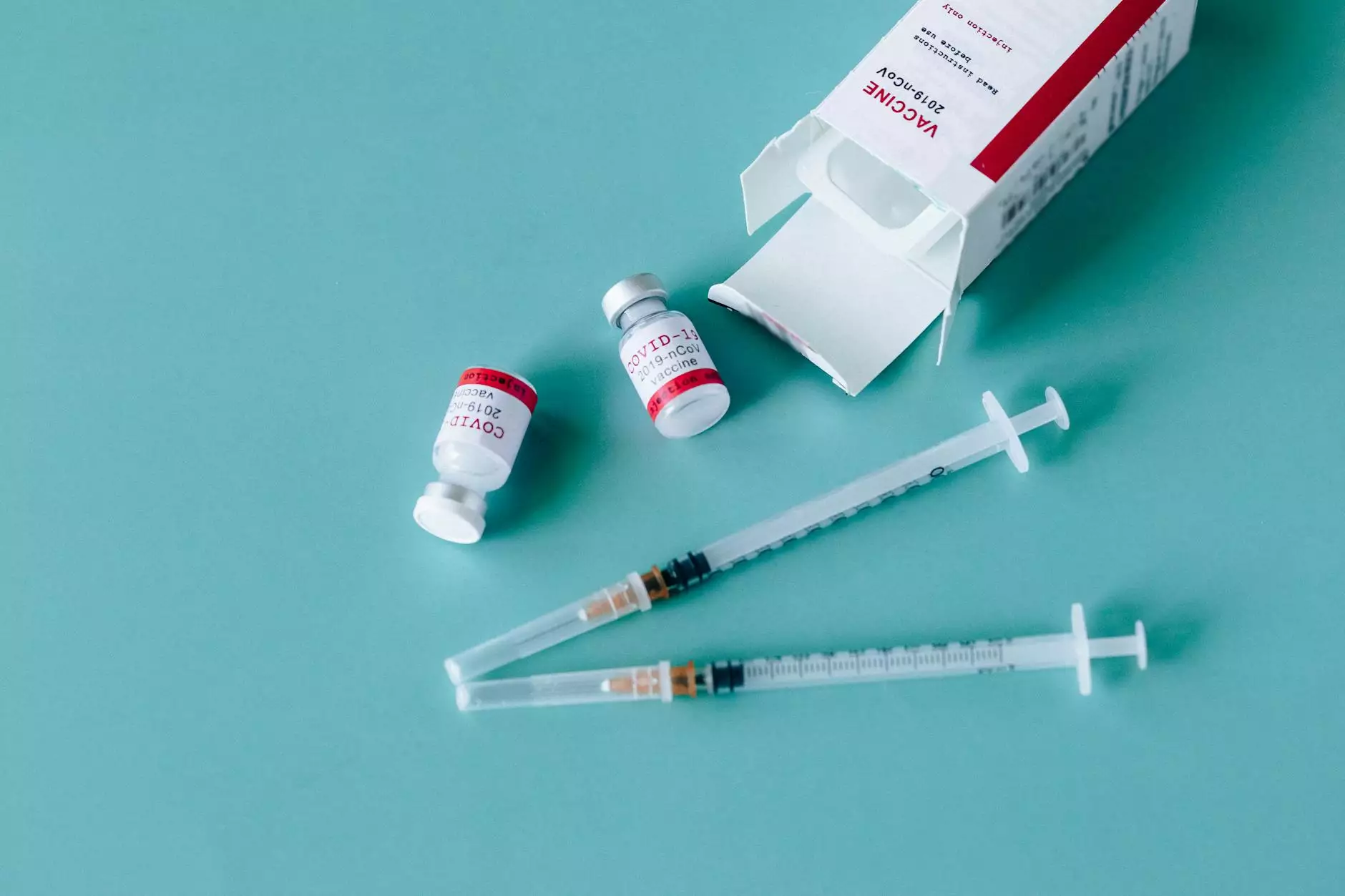Mastering the Art of Mixing Semaglutide: A Complete Guide for Nutritionists, Drugstores, and Pharmacies

The rapid rise of semaglutide as a breakthrough treatment for weight management and type 2 diabetes has catalyzed a growing demand for accurate preparation and administration. As an industry leader or healthcare professional, understanding the precise methods of *how to mix semaglutide* is crucial for ensuring safety, efficacy, and customer satisfaction. This detailed guide aims to provide comprehensive knowledge about the process—covering best practices, necessary tools, potential challenges, and the importance of *accurate mixing* within the context of nutritionists, drugstores, and pharmacies.
Understanding Semaglutide: What It Is and Why Proper Mixing Matters
Semaglutide is a GLP-1 receptor agonist that helps regulate blood sugar levels and suppress appetite, resulting in significant weight loss and improved glycemic control. It is typically supplied as a powder or solution that requires meticulous mixing before administration. Proper mixing guarantees the medication's stability, potency, and safety, making it a critical aspect of pharmacy and clinical practice.
Essential Tools and Materials for Correct Semaglutide Mixing
- Vials and Cartridges: First, ensure you have the correct formulation provided by trusted manufacturers.
- Syringes and Needles: Use insulin syringes with fine gauge needles for precise measurement.
- Diluent: Typically sterile water or specific diluents provided with the medication.
- Alcohol Swabs: For maintaining sterile conditions during preparation.
- Disposal Containers: Safe sharps disposal to prevent accidental injuries.
Step-by-Step Process on How to Mix Semaglutide
Understanding the correct technique is vital. Here is a comprehensive, step-by-step guide:
Step 1: Prepare Your Workspace
Maintain a clean, sterile environment free of dust and contaminants. Wash your hands thoroughly with soap and water or use an alcohol-based hand sanitizer. Gather all necessary tools beforehand to ensure a smooth process.
Step 2: Inspect the Medication
Examine the vial or cartridge for any particulate matter or discoloration. Only proceed if the medication appears clear and intact. Confirm you have the correct dosage and formulation.
Step 3: Swab the Vial and Diluent
Use an alcohol swab to sterilize the rubber stopper of the medication vial and the vial containing the diluent. This step minimizes infection risk.
Step 4: Attach the Needle to the Syringe
Securely connect the appropriate needle to your syringe. Use a fine-gauge needle designed for subcutaneous injections, such as 29-31 gauge.
Step 5: Draw the Diluent
Pull back the syringe plunger to draw the required amount of sterile water or diluent specified by the product instructions. Be precise to ensure accurate dosing.
Step 6: Inject the Diluent into the Semaglutide Vial
Insert the needle into the vial containing semaglutide powder, then slowly inject the diluent to minimize foaming and bubble formation. Gently swirl or roll the vial to mix; do not shake vigorously, as this can denature the peptide.
Step 7: Mix Until Complete Dissolution
Allow the solution to stand for a few minutes, gently swirling to facilitate complete dissolution of the powder. Confirm the solution appears clear without particulate matter.
Step 8: Draw the Prescribed Dose
Once fully dissolved, draw the appropriate dose into the syringe, ensuring no air bubbles remain. Expel excess air gently to prevent inaccurate dosing.
Step 9: Administer or Store Correctly
Use the medication immediately for injection, or store according to manufacturer instructions—generally refrigerated in a protected environment, away from light and heat.
Best Practices for Safe and Effective Semaglutide Mixing
- Adherence to sterile techniques: Always sterilize equipment and workspace.
- Precise measurement: Use accurate syringes marked in units or mL.
- Temperature management: Keep medication within recommended storage conditions to preserve potency.
- Documentation and tracking: Record batch numbers, mixing times, and doses for accountability and patient safety.
- Patient education: Ensure customers or patients understand how to administer and store their medication properly.
Common Challenges and How to Overcome Them
Bubble Formation During Mixing
Gently rolling or tilting the vial helps minimize bubbles. If bubbles appear, tap the syringe to release trapped air before dose measurement.
Incomplete Dissolution of Semaglutide
Allow adequate time for mixing; avoid vigorous shaking which can denature the peptide. Warm the vial slightly if permitted, to aid dissolution, but do so within manufacturer guidelines.
Storage and Stability Issues
Ensure refrigeration and protected storage; adhere to expiration dates. Do not reuse expired or compromised medication.
Regulatory and Safety Considerations for Pharmacists and Nutritionists
Properly trained professionals must stay updated on regulatory guidelines, correct handling procedures, and emergency protocols for adverse reactions. Regular training, combined with manufacturer instructions, enhances safety and minimizes errors in how to mix semaglutide.
The Role of Pharmacies and Drugstores in Supporting Semaglutide Usage
Pharmacies and drugstores serve as critical points for education, safe preparation, and distribution of semaglutide. Providing training materials, step-by-step guides, and professional consultation can significantly improve patient outcomes. Moreover, establishing standardized procedures for mixing and storage safeguards both healthcare providers and consumers.
Conclusion: Ensuring Success in Semaglutide Preparation and Administration
Mastering how to mix semaglutide is essential for healthcare providers and pharmacies committed to delivering high-quality care. Through meticulous attention to detail, sterile techniques, and adherence to best practices, professionals can guarantee that the medication remains effective and safe for users. As the demand for innovative treatments like semaglutide increases, the importance of precise preparation and professional support cannot be overstated. By integrating these comprehensive guidelines into your practice, you position yourself at the forefront of business success in the rapidly evolving landscape of nutrition, pharmaceutics, and healthcare services.









